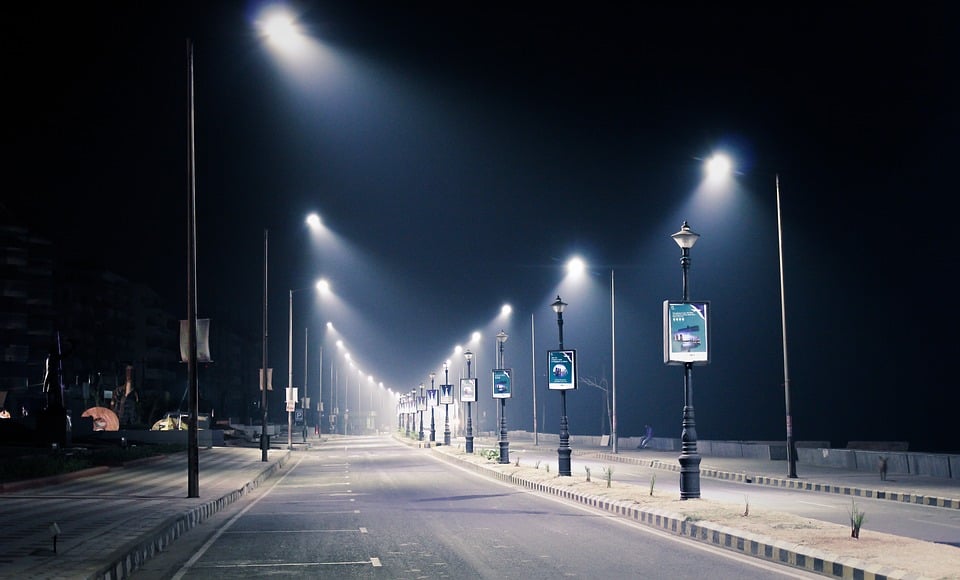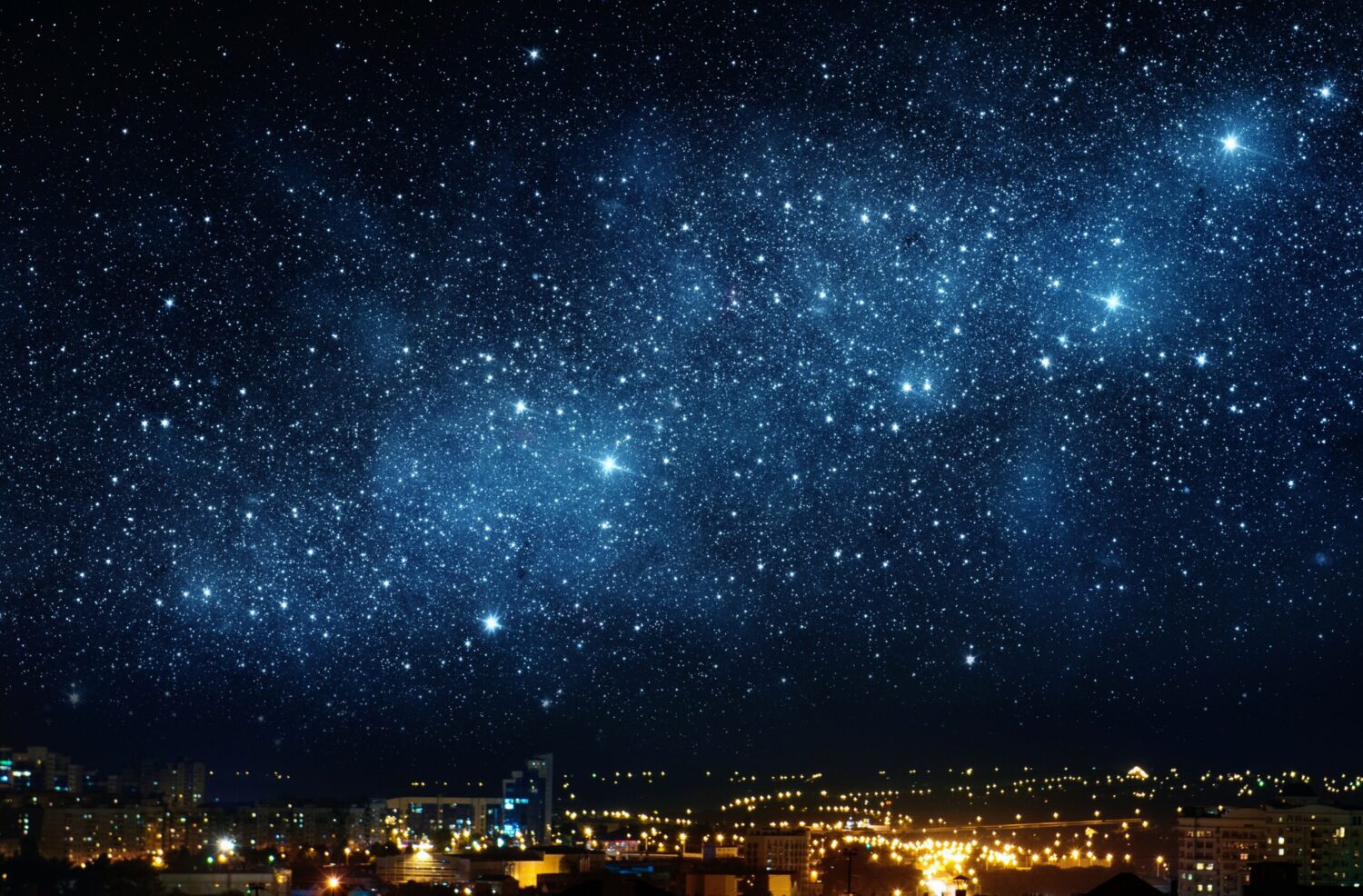For centuries, astronomers have studied the night sky with intensity and wonder that has captivated millions. With the development of LED outdoor lighting, however, it can be argued that our connection to the stars is slowly slipping away from us.
This article will explore how LED outdoor lighting affects astronomy and what steps we can take to ensure that future generations can still experience its beauty uninterrupted. Well, discuss why traditional light sources are being replaced by LEDs, their impact on astronomical research, as well as measures proposed by various organizations to protect our night skies for years to come.
By understanding both sides of this issue, we can better appreciate one of humanity’s oldest pursuits: exploring the mysteries of space through stargazing and science.
Advantages of LED Outdoor Lighting
LED outdoor lighting offers numerous advantages to the night sky and astronomy. From reducing energy costs on a large scale to providing better visibility for improved safety, LED lights are an ideal choice for many applications.
Additionally, they produce less light pollution than traditional forms of lighting, allowing astronomers to observe the night sky in greater detail. Not only do LEDs offer significant cost savings over time, but their long-term reliability ensures that there will be no need for frequent replacements or repairs due to weather or wear and tear.
Furthermore, the directional nature of LED lighting means it can be designed so as not to interfere with astronomical observation equipment or cause glare from certain angles. Lastly, LEDs emit very little heat when compared with other forms of illumination which helps reduce the amount of ambient temperature in public areas – making them even more beneficial for outdoor spaces used by people at nighttime.
Disadvantages of LED Outdoor Lighting

One of the major disadvantages of LED outdoor lighting is its impact on the night sky and astronomy. As a form of artificial light, LED lights are known to be brighter than traditional forms, resulting in more light pollution that can interfere with astronomical observations.
This type of bright lighting also affects the natural cycles of wildlife living in an area, disrupting sleep patterns and other functions related to darkness and twilight periods. Additionally, since LED lights tend to be directional rather than dispersed over large areas like traditional lamps; they create pockets or beams of light that can cause glare for animals as well as people nearby.
The increased use of this type of lighting has led to numerous issues ranging from energy efficiency concerns due to over-lighting certain areas, overheating problems caused by too much heat generated from these bulbs, and potential safety hazards due to their high wattage levels compared with traditional lamps.
Effects on Night Sky and Astronomy from LED Lights
LED outdoor lighting has had a significant impact on the night sky and astronomy. The bright, artificial lights can make it difficult for astronomers to observe stars in the sky, as they outshine faint celestial objects. Additionally, LED lights generate more blue light than traditional lighting like sodium lamps.
This further interferes with observations of starlight and causes additional glare which makes it harder to identify constellations. The disruption of the natural darkness also affects animal behavior in nocturnal ecosystems.
Nocturnal animals rely on darker skies for navigation and communication cues which are essential parts of their survival strategies and reproductive cycles. As LED lighting continues to grow brighter, this could hurt these species’ lifespans and populations worldwide.
The proliferation of LED outdoor lighting also has an environmental impact due to its energy usage requirements compared with traditional streetlights powered by gas or electricity from renewable sources like wind turbines or solar cells. LEDs use significantly less power than other forms of illumination but still require electricity; much of which is generated through burning fossil fuels such as coal or oil – thus contributing towards climate change-causing carbon emissions into the atmosphere – making them far from being truly ‘green’ technology solutions overall when taken into account over periods longer than just one year worth of operational life span alone.
Solutions to Reducing Light Pollution from Outdoor LEDs

The world is becoming increasingly reliant on LED outdoor lighting, which has a detrimental effect on the night sky and astronomy. To reduce light pollution from LEDs, solutions need to be implemented that maintain safety and security while minimizing their negative impact.
One solution could involve switching to LED lights that are shielded or redirecting light away from dark-sky sites. Additionally, communities can adopt smart lighting technology such as motion sensors and timers that automatically turn off the lights when they’re not needed.
This will help conserve energy usage while limiting light intrusion into residential areas at night. Finally, adopting more stringent regulations regarding maximum wattage for outdoor lighting could go a long way toward mitigating its effects on starry nights.
By taking these steps, we can ensure future generations of stargazers have pristine skies to explore and appreciate without interference from excessive artificial illumination.
Conclusion
LED Outdoor Lighting has had a profound impact on the night sky and astronomy. It has enabled us to enjoy the beauty of stars without having to worry about light pollution, while also allowing us to observe astronomical objects in greater detail than before.
LED lighting is revolutionizing how we experience the night sky — both aesthetically and scientifically — by providing crisp, clear images of space with minimal light pollution. This innovation will continue to shape our understanding of the universe for years to come, making LED outdoor lighting an essential tool for astronomers everywhere.

